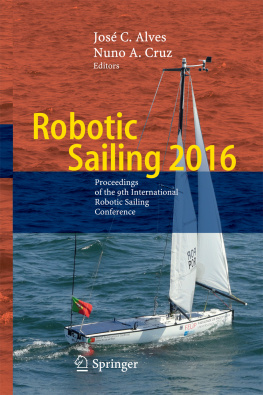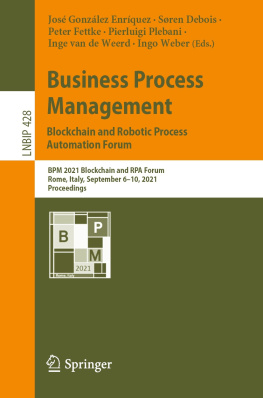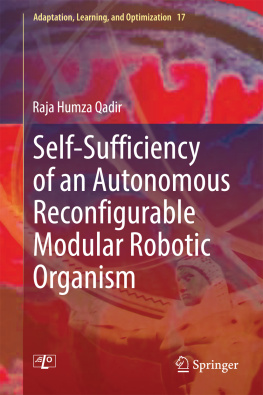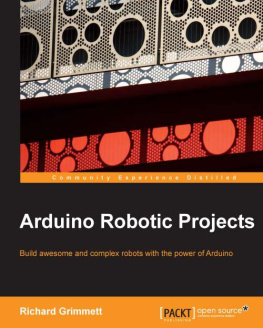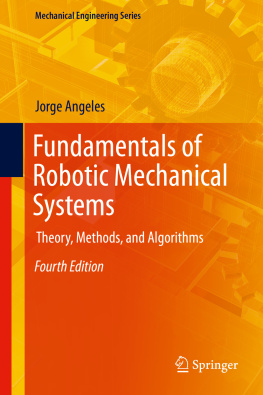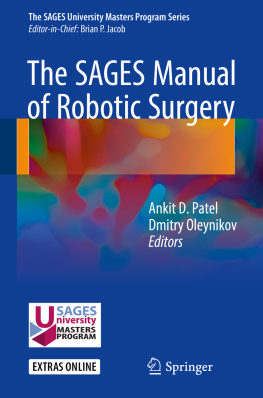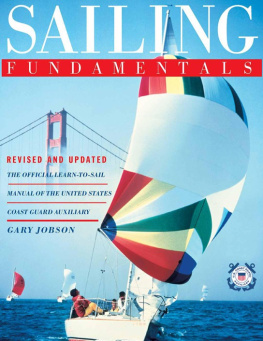Springer International Publishing AG 2017
Jos C. Alves and Nuno A. Cruz (eds.) Robotic Sailing 2016 10.1007/978-3-319-45453-5_1
Abstract
This paper accounts for our ongoing work to evaluate, design and build an optimized wingsail arrangement for one of land Sailing Robots boats. By examining the current conventional sails of the boat and its propulsion capability, a wingsail arrangement with a similar propulsion capability has been designed and further investigated. The final design has to meet several criteria such as simplicity, reliability, and high degree of autonomous operation. A thorough analysis of the design criteria resulted in the decision to choose a symmetrical, free-rotating wingsail with an additional tail for actuating the wing and controlling its angle of attack. The chosen design is further investigated by using a CFD simulation software. Furthermore, we discuss possible solutions and recommendations regarding the future physical construction of the wingsail.
Introduction
A rigid wingsail is an interesting option for robotic sailboats, with many advantages, as will be described in this paper. In land Sailing Robots this alternative is evaluated as a rig for a Mini 12 (2.4 mR class) sailboat hull, see Fig..
Fig. 1
land Sailing Robots Mini 12 sailboat, which shall be fitted with a wingsail
land Sailing Robots (SR) was initiated at the land University of Applied Sciences (land UAS) in 2013, with the goal of a transatlantic sailing with an autonomous sailboat. Starting with rebuilding a radio controlled 1 m sailboat and transitioning to a 4 m Mini 12, the project has proceeded and contributed research on power management strategies [].
In 20162018 a project is running at the land UAS with the goal to develop a mobile marine research platform that is autonomous and utilising wind and solar energy. This project, Marine Research Platform - land Sailing Robots is partly funded by the European Regional Development Fund. The free rotating wingsail described in this paper is one of the considered options for the marine research platform rig.
The Mini 12 is a one-manned sailboat models with a fixed keel and a waterline under 4 m. Mini 12 is a synonym for the competitive international 2.4 Metre Class. The name Mini 12 for the boats comes from the first boats constructed for the class in a scale of 1:5 of the original 12 m yachts (12/5

2.4) []. These parameters are used when calculating the lift and drag forces the sails of the Mini 12 create.
Wingsails are solid symmetrical wings vertically fitted on the vessel. These shouldnt be confused with solid square sails or rigid sails. Cloth sails must be furled when not in use in order to prevent destructive flogging, while the wing can be oriented directly to the wind in a way so that it experiences a minimal aerodynamic force. Wingsails have almost exclusively symmetrical airfoil sections because of the need to be operated with the wind blowing on either side of the ship. Symmetrical solid airfoil sections cannot create particularly high lift coefficients by themselves. Therefore most wingsail arrangements include a flap or tail section which creates lift and helps the main wing to reach its maximum lift capacity. The advantages of wingsails have been noted and suggestions for use of wingsails for fuel saving in commercial ships [].
State of the Art
The by far most common setup for sailing a boat is a soft (cloth) sail which is manually trimmed in order to generate an optimal lift-to-drag ratio given a predestined course of the boat. However, considering autonomous sailing, the actuation of the sail is non-trivial and the forces required to hold the sail in position are quite large. Forces can be decreased by using a balanced rig design, and in theory this could lead to savings of two-thirds of the sail trim power [].
On the other hand, rigid wingsail arrangements have been used for more than 100 years in aviation and become more and more common even in sailing applications. A much higher lift-to-drag ratio in the range of around 100 below stall [] allows using considerably smaller sail areas. This property together with the fact that a wing sail has no boom, reduces the forces necessary to hold the wing fixed in a certain position considerably. Moreover, by mounting an extra tail behind the main wingsail, the wingsail arrangement can be made self-trimming. The self-trimming capability is achieved by aligning the center of mass of the wing arrangement at the aerodynamic center of the main wing. This way the wing arrangement will work much like a wind vane meaning it will turn in to the wind. The self-trimming ability will be discussed in detail later in this text.
The rigid form of the wings makes it easier and more predictable than soft sails in different wind scenarios. This is because a rigid wing doesnt suffer from aeroelastic collapse (also known as luffing) when pointed high into the wind, unlike soft sails. Aeroelastic collapse causes a great deal of drag and limits the angle the boat can sail into the wind. The rigid wing does not suffer from any aeroelastic problems and can point straight into the wind with very little drag. as will be shown in Sect.. Mounting the wingsail free-rotating around its aerodynamic center and twisting the tail in relation to the main wing, allows to control wingsail arrangement entirely. Control of the tail angle allows therefore to adjust an arbitrary angle of attack for the main sail.
Thus, the simplicity and the efficiency of such a wingsail application promise to be ideal for an autonomous sailing robot, both with respect to the boats sailing efficiency and its energy efficiency. The free rotating/self trimming ability of the tailed wing are relatively easy to control; only a small actuator is needed to adjust the tail. At the same time, the wing sections are efficient in creating lift (thrust). The method of controlling the wing arrangement will have a great influence in choosing the wing most suitable for SR Mini 12. A possible future steering method will be discussed more in detail in Sect..
Theory Behind the Wing
In many aspects, wingsails and aircraft wings behave rather similar and have common design concepts. For example, the wings should be both light and sturdy at the same time. However, there exist also fundamental differences between wingsails mounted on sailboats and wings mounted on aircraft. The most obvious difference is that a wingsail has to be symmetric. The reason is that a sailboat must be able to sail with the wind coming from both port and starboard, whilst most aircrafts only fly upright. Since symmetric airfoil designs have a lower maximum lift coefficient it is important to optimize the wingsails profile in order to achieve as high lift coefficients and lift-to-drag ratios as possible.
Another important aspect when designing a wingsail is the large difference in operation conditions between wingsails and aircraft wings. Aircrafts operate at high altitudes in mostly lower temperatures and at relatively high speeds, whereas sailboats operate at sea level, often at higher temperatures and at low speeds. Low air speeds are synonymous to low Reynolds numbers. It is known that low Reynolds numbers have a large influence on a rigid wingsail and can lead to unwanted effects such as laminar separation bubbles or stalling. These effects will be described in more detail in the next subsection.

 2.4) []. These parameters are used when calculating the lift and drag forces the sails of the Mini 12 create.
2.4) []. These parameters are used when calculating the lift and drag forces the sails of the Mini 12 create.
